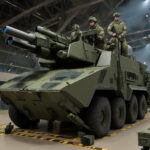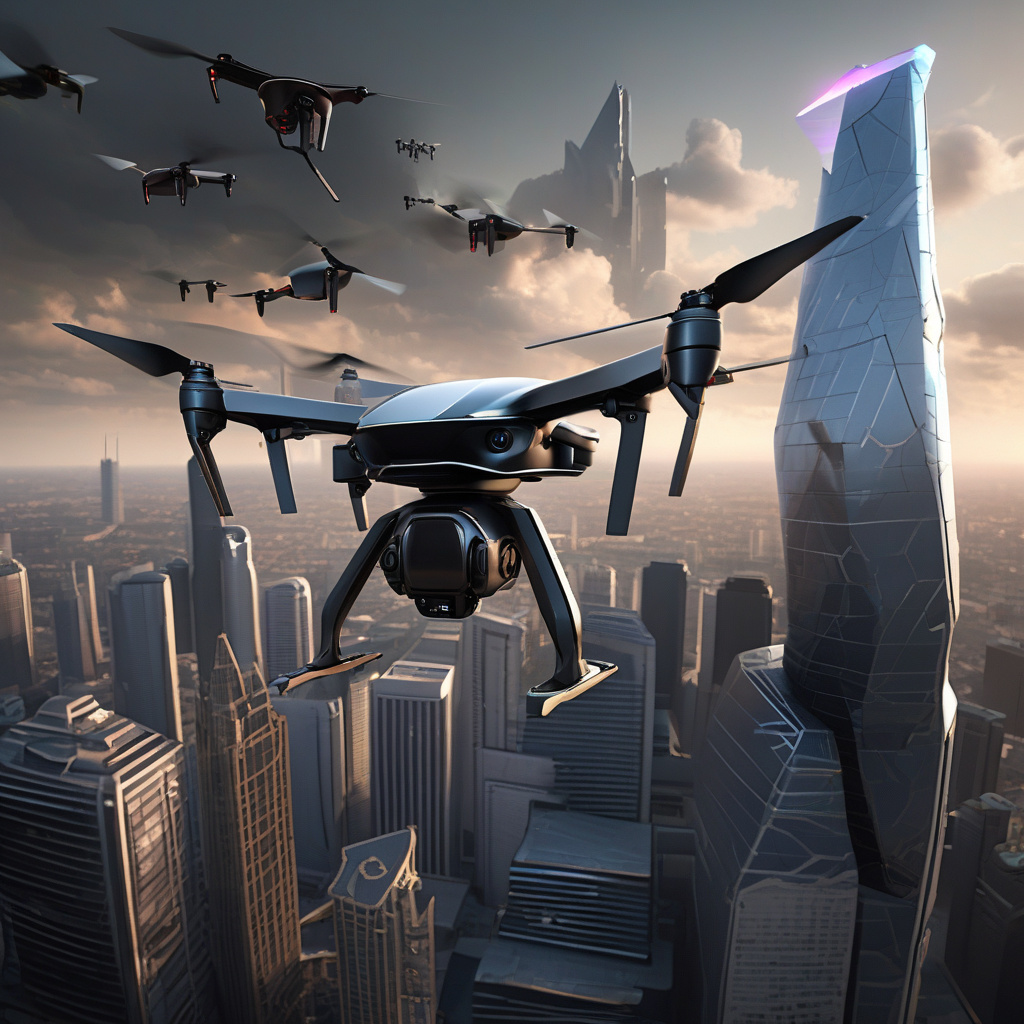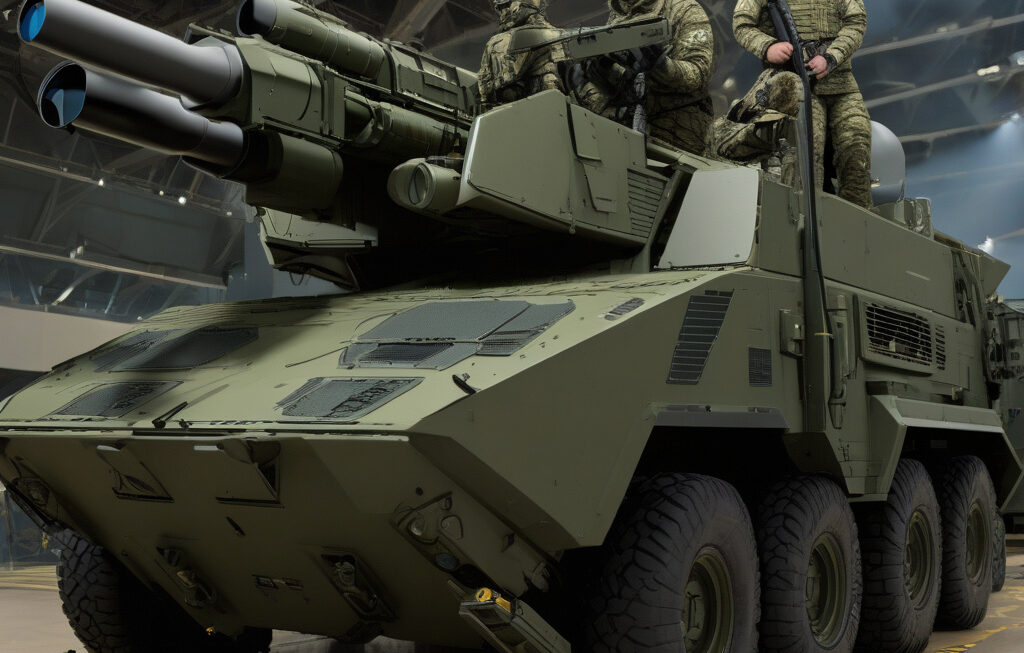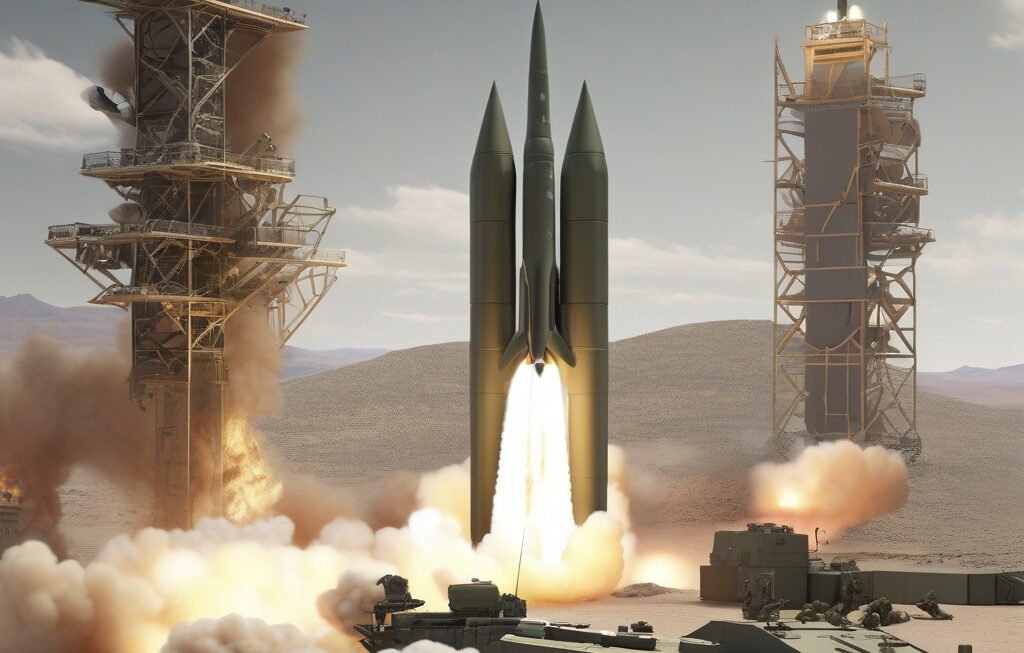The Rise of Stealth Coated Drones: Redefining Modern Warfare
Attack drones are reshaping modern warfare across the world, providing militaries with a cutting-edge and unprecedented advantage on the battlefield. These unmanned aerial vehicles have become increasingly sophisticated, with advancements in technology allowing for stealth coatings that enable them to fly under the radar, quite literally. The integration of SIM cards into these drones adds another layer of innovation, allowing for seamless communication back to home base for launching precise attacks.
Stealth coatings on drones have revolutionized the concept of aerial surveillance and combat. By applying radar-absorbing materials and specialized paints, these drones can evade detection by enemy radar systems, making them virtually invisible in the sky. This capability gives militaries the element of surprise and the ability to conduct covert operations without being detected. For example, the US military’s RQ-170 Sentinel drone, also known as the “Beast of Kandahar,” is equipped with stealth technology that allows it to operate in hostile airspace with minimal risk of being shot down.
In addition to stealth coatings, the use of SIM cards in drones has opened up new possibilities for remote operation and data transmission. By inserting a SIM card into a drone, operators can establish a secure and reliable connection to the aircraft, enabling real-time control and communication. This feature is particularly valuable in combat situations where split-second decisions can make the difference between success and failure.
The combination of stealth coatings and SIM card technology has led to the development of advanced attack drones capable of conducting precise and targeted strikes. These drones can fly undetected into enemy territory, gather intelligence, and launch surgical attacks on high-value targets with pinpoint accuracy. For instance, the Chinese-made Wing Loong drone is equipped with stealth capabilities and SIM card connectivity, making it a formidable weapon in modern warfare scenarios.
Furthermore, the integration of SIM cards into drones has streamlined the process of data collection and analysis. By transmitting real-time imagery and sensor data back to base, military commanders can make informed decisions quickly and effectively. This level of connectivity enhances situational awareness on the battlefield and allows for coordinated and synchronized operations.
While the use of stealth coated drones with SIM card technology provides significant advantages on the battlefield, it also raises ethical and legal concerns. The ability to conduct covert operations with minimal risk to personnel is a double-edged sword, as it blurs the lines between combat and espionage. Additionally, the use of drones for targeted killings has sparked debates about the ethics of remote warfare and the implications for civilian casualties.
In conclusion, the emergence of drones with stealth coatings and SIM card connectivity represents a paradigm shift in modern warfare. These technological advancements have given militaries around the world a strategic edge on the battlefield, enabling them to conduct precise and effective operations with reduced risk. However, it is essential for policymakers and military leaders to carefully consider the ethical implications of these advancements and ensure that they are used in a manner that upholds international law and human rights standards.
drones, stealth technology, modern warfare, SIM card connectivity, military innovation












